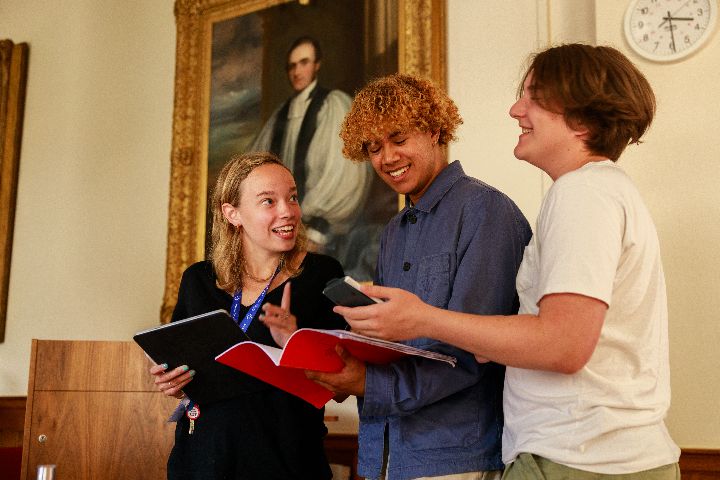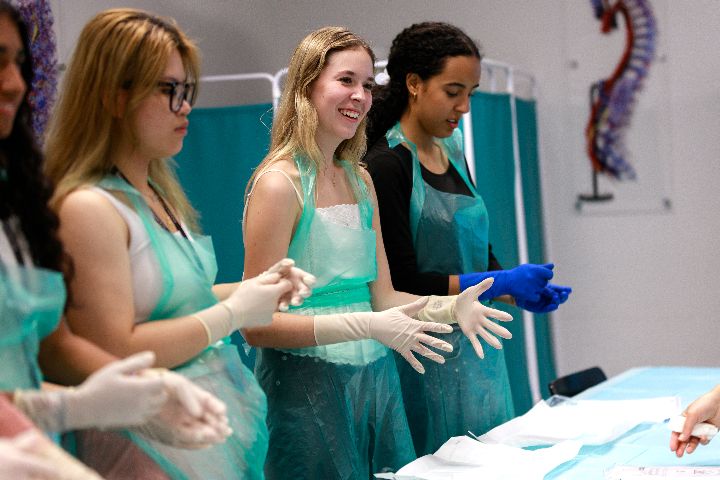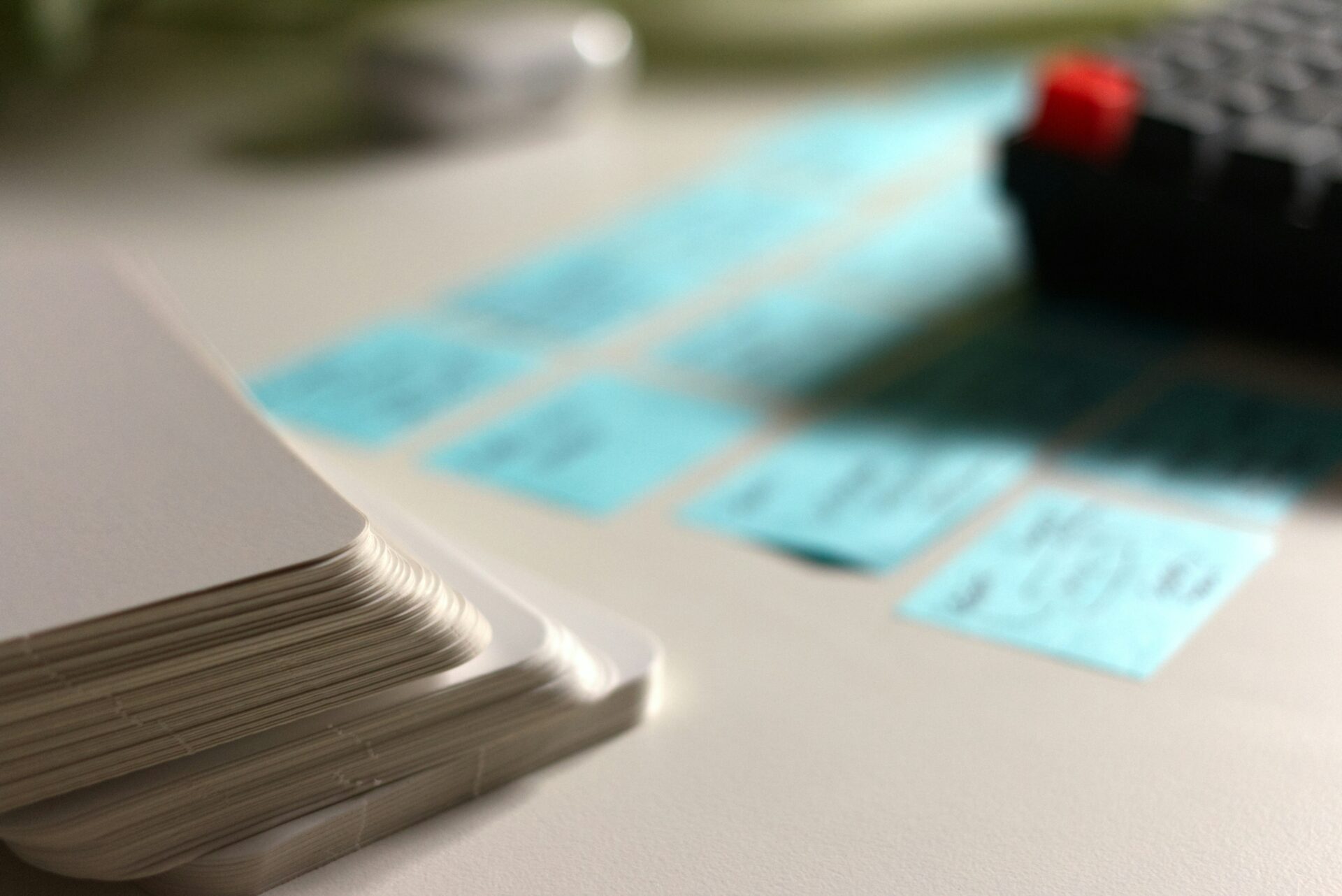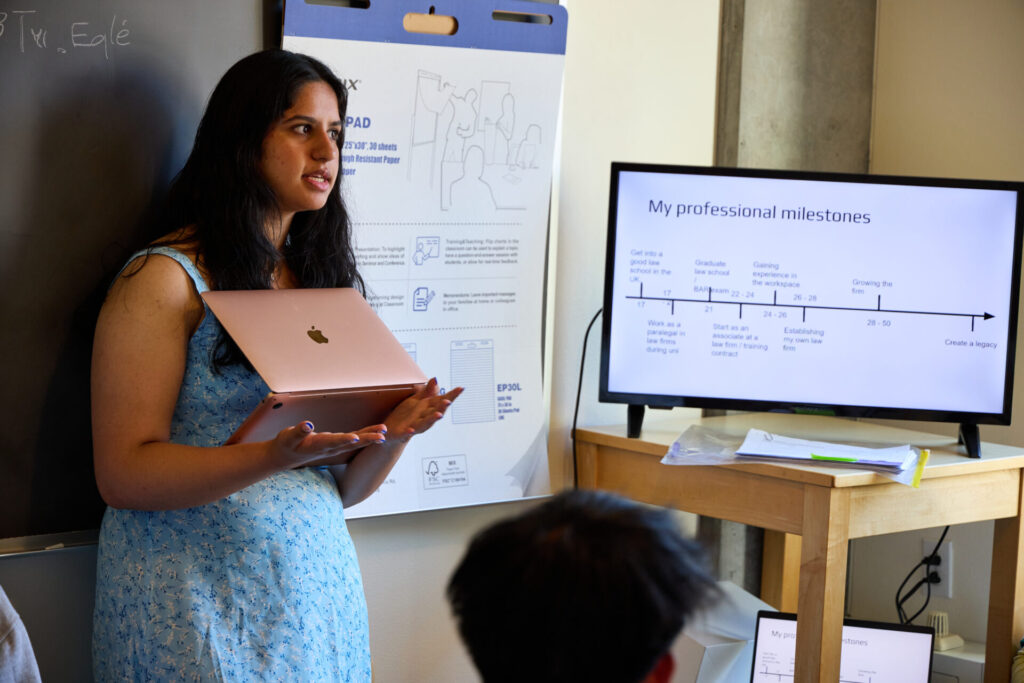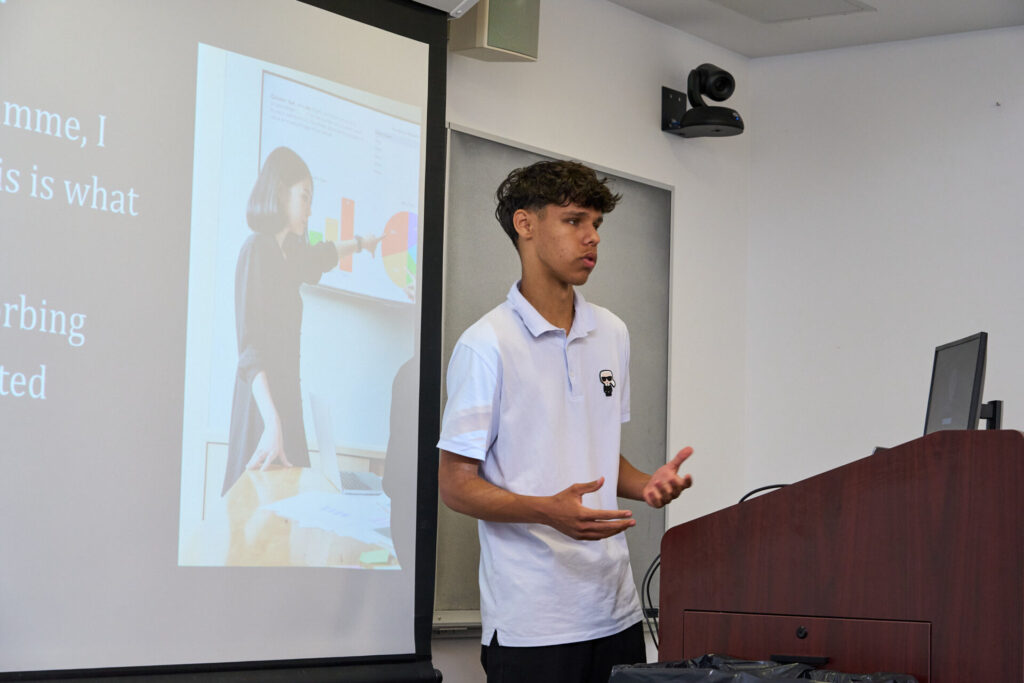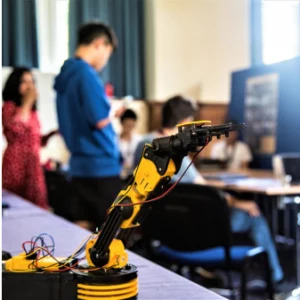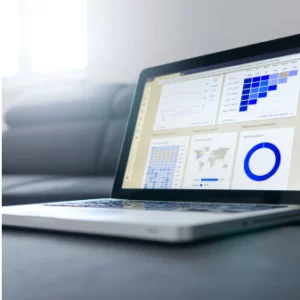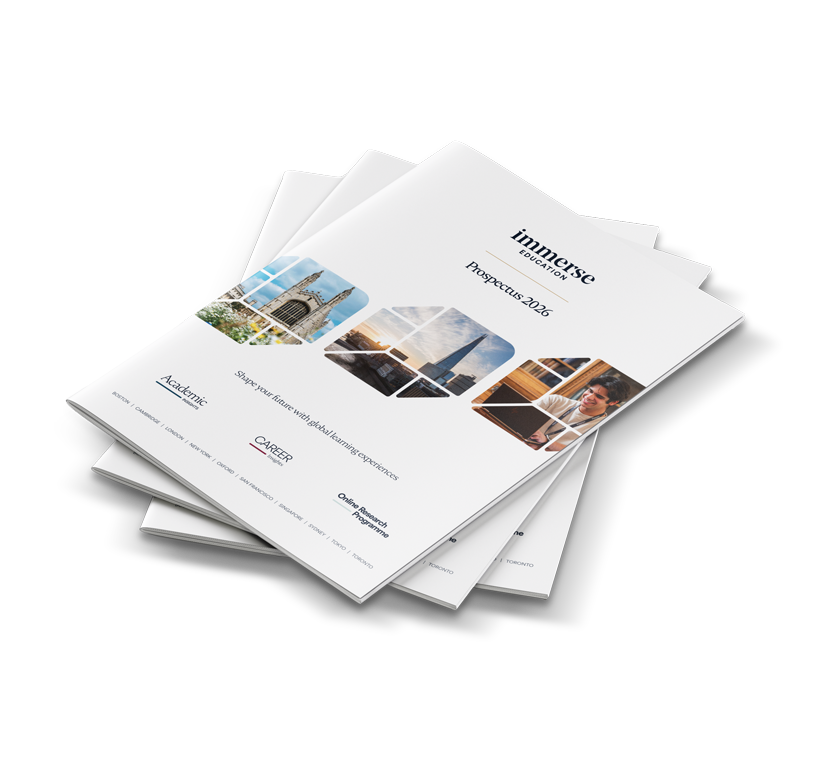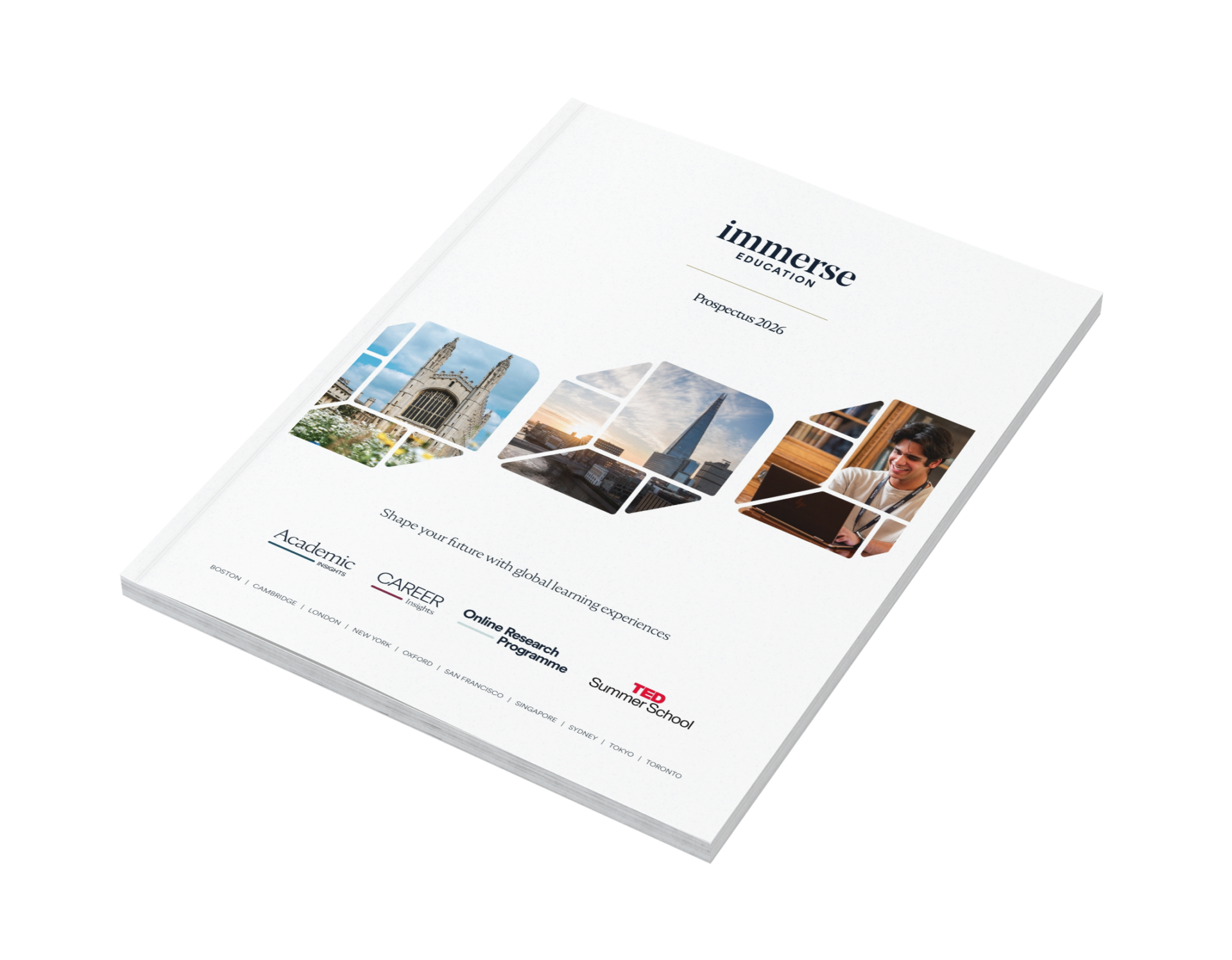What are flash cards? Whether physical or digital, cardboard or held within a study app, flash cards are one of the most versatile and accessible study tools, used by learners of all ages across the world. At their core, flash cards are small cards with a prompt (question, definition, or concept) on one side and the answer, explanation, or related information on the other. Their simplicity hides an enormous power for strengthening both memory and understanding.
How to flash cards aid revision?
A flash card is a bite-sized unit of information, such as a vocabulary term, scientific formula, historical fact, or mathematical process. The act of “flipping” a flash card (either literally or digitally) is not a passive review – it transforms studying into a process of active recall. When you look at a question and attempt to mentally retrieve the answer before checking, you force your brain to search its memories. This “memory workout” is scientifically proven to strengthen neural connections, making facts and concepts easier to recall in the future.
Flash cards can be adapted to any subject, from learning languages to mastering chemistry, revising historical dates, or prepping for medical exams. The ability to condense large, complex topics into manageable, memorable bites is a major reason for their popularity.
Are flash cards effective?
Research consistently ranks flash cards among the most effective study strategies available. Unlike passive techniques like re-reading or highlighting, flash cards turn revision into a series of mini-memory tests—leveraging the “testing effect,” which shows that repeated retrieval of information significantly boosts retention.
A 2013 study from Kent State University found that repeated self-testing (such as using flash cards) resulted in students remembering material twice as well as those who simply reviewed their notes. Other research highlights that combining flash cards with “spaced repetition”—reviewing cards at increasing intervals over days and weeks – can dramatically reduce forgetting and enable knowledge to move from short-term to long-term memory.
Spaced repetition algorithms, used by popular apps like Anki, prompt you to review information just as you’re about to forget it, optimizing both time and recall. Students using this method regularly outperform peers who study passively or cram all at once.
Data from real classrooms support these findings: one review showed that university students who used flash cards, especially for medical or language exams, consistently outperformed control groups in both final scores and conceptual understanding.
A major benefit of flash cards is that they are:
- Highly portable—study anywhere, any time, in short bursts.
- Engaging—make repetitive practice manageable and even fun.
- Adaptable—suited for individuals or groups, for written, visual, or even auditory learning.
- Self-directed—you can target your weakest areas and monitor progress over time.
- Efficient—they remove “dead time” from studying and keep you focused on active recall.
If you’re interested in maximizing memory retention and study results, making your own flash cards is one of the highest-yield strategies you can adopt.
Study Flashcards in Action
Imagine you’re preparing for a biology test. You’ve made a flash card with “Mitochondria” on one side and its definition—“Powerhouse of the cell; site of ATP production”—on the other. During review, you look at the term and pause, pushing yourself to recall its function before flipping the card. This process of active retrieval does more than check your knowledge—it actually strengthens the memory each time you try.
If you get it right, your confidence grows. If you’re unsure or forget a detail, you immediately correct yourself and reinforce the right answer. As you repeat this cycle, you quickly spot which concepts need extra practice and can focus your time there. Over several sessions, you’ll notice forgotten facts gradually sticking, as regular use of flashcards shifts key knowledge from short-term to long-term memory. This targeted, interactive approach powers efficient revision for any subject—biology, language, maths, or history—especially when you customize your cards for your own weak spots.
Join the Immerse Education 2025 Essay Competition
Follow the instructions to write and submit your best essay for a chance to be awarded a 100% scholarship.

Step-by-Step Instructions on How to Make Flash Cards
1. Gather Your Materials
Start by choosing the medium for your flash cards. Many students prefer traditional physical index cards or thick card stock because they’re tactile and easy to sort through. Use colorful pens or highlighters to make headings or important points stand out, which helps to stimulate visual memory. Alternatively, there are great apps like Quizlet or Anki if you prefer digital flash cards on your phone or computer, which allow you to add images and audio, plus they organize reviews automatically.
2. Choose the Content Wisely
Good flash cards focus on one key concept or question per card. Sift through your notes, textbooks, or lecture slides and pick the most important facts, definitions, dates, formulas, or vocabulary words. Avoid overcrowding cards with too much information—that makes them overwhelming and less effective. Instead, break down complicated ideas into smaller chunks, so each card tackles a single point, making reviewing quicker and recall sharper.
3. Write Clear Questions and Answers
On the front side, write a simple, focused question or keyword that triggers your memory. It could be a term like “photosynthesis” or a question such as “What are the causes of World War I?” On the back, write a concise, clear answer that fully addresses the prompt but doesn’t overwhelm with excessive detail. Use bullet points or numbered lists to keep things readable. The goal is to test your knowledge efficiently while reinforcing the core concepts.
4. Use Visual Aids and Mnemonics When Helpful
Adding visual elements or memory aids to your cards can significantly improve retention. Draw quick diagrams, timelines, or flowcharts to explain processes or relationships. For example, a sketch of the water cycle can accompany key terms. Mnemonics or acronyms are also very effective—write these on the answer side to help you memorize lists or sequences. Visual and mnemonic elements engage different parts of your brain, aiding in deeper learning.
5. Organize Your Cards
Keep your flash cards organized by subject, topic, or chapter to make your review sessions more structured. Use rubber bands, boxes, or labeled folders to sort cards. This organization also helps when you want to focus on a particular area, allowing you to pull out just the cards you need rather than sorting through everything each time. If your subject requires sequential knowledge (e.g., historical events), arrange cards in the correct order to practice that flow.
6. Practice with Your Flash Cards Regularly
The power of flash cards grows with frequent, focused practice. Set aside short daily sessions—10 to 20 minutes is ideal—to go through your cards. Use the active recall method by attempting to answer before flipping the card. Gradually, move mastered cards to a separate pile and spend more time on difficult ones. Digital apps can automate spaced repetition, scheduling cards for review just as you’re about to forget them, which maximizes long-term retention.
7. Update and Refine
As your knowledge grows, continuously update your flash cards. Add new cards for challenging topics or emerging areas as you progress in your course. Refine existing cards by rewriting confusing or overly dense answers to be clearer or more concise. Don’t hesitate to discard cards you’ve mastered well, so your study time targets weaker areas. Keeping your flashcards fresh and relevant ensures they remain a powerful tool throughout your revision period.
Making Flashcards Online
Digital flashcard apps like Quizlet, Anki, and Brainscape allow you to create and use flashcards on your phone, tablet, or computer. These tools let you add audio, images, and more to enhance each card. They often include spaced repetition algorithms that automatically schedule revision at the best times to reinforce long-term memory. Online platforms make it easy to organize large decks, track your progress, and share sets with classmates.
Physical vs Online Flashcards
Choosing between physical and digital flashcards comes down to your learning style and practical needs. Physical flashcards give a hands-on feel—many learners find that writing cards by hand boosts retention. You can sort, shuffle, or group them for focused sessions without digital distractions. Meanwhile, online flashcards offer instant access anywhere, easy editing, multimedia support, and automatic tracking. Digital platforms also allow you to search huge libraries for pre-made decks or collaborate with classmates. Many students blend both methods, handwriting key cards for extra reinforcement and using apps for bulk review.
Examples of Different Types of Flash Cards and How to Make Flash Cards That Work for You
When learning how to make flash cards for efficient studying, understanding the different types of flash cards and their best uses is key. Tailoring your flash cards to fit your subject and learning style maximizes their effectiveness and keeps your revision engaging. Here are some popular flash card types and tips on how to make flash cards that suit each format:
Definition and Term Flash Cards
This is a classic style ideal for memorizing vocabulary, scientific terms, or key concepts. To make these flash cards, write the term on one side and its clear, concise definition on the other. For example:
- Front: Photosynthesis
- Back: The process by which green plants use sunlight to synthesize foods from carbon dioxide and water.
How to make flash cards like these effectively is to include just enough information to trigger your memory without overwhelming detail, making quick recall easier.
Question and Answer Flash Cards
Perfect for subjects that require explanation or critical thinking, such as history or philosophy. When you learn how to make flash cards in this style, phrase clear, focused questions on the front—like “What caused the French Revolution?”—and list key answers or bullet points on the back.
This method encourages deeper engagement, helping you organize complex ideas into digestible parts you can revisit repeatedly.
Formula and Problem-Solution Flash Cards
If you’re studying subjects like math, physics, or chemistry, knowing how to make flash cards that help with formulas and problem-solving will save time and improve retention. Write the formula name or problem on the front and the formula itself, along with example steps or key points, on the back:
- Front: Newton’s Second Law
- Back:
- F=ma
- F=ma (force equals mass times acceleration)
Using these cards regularly boosts familiarity and speeds up your ability to apply formulas under exam conditions.
Image-Based Flash Cards
Visual learners benefit greatly from flash cards featuring diagrams or pictures. When learning how to make flash cards with images, include a clear visual on one side and labels or explanations on the other. This is especially helpful in subjects like anatomy, geography, or art.
For instance, a card might show a labeled diagram of the human brain on one side, with functions of each part on the back to aid comprehension and memorization.
Mnemonic or Acronym Flash Cards
Certain topics require memorization of sequences or lists. Learning how to make flash cards with mnemonics involves writing the related fact or list on one side, and a memorable acronym or phrase on the other.
For example:
- Front: Order of taxonomic ranks
- Back: “Dear King Philip Came Over For Good Soup” (Domain, Kingdom, Phylum, Class, Order, Family, Genus, Species)
These help reduce cognitive load and make recall much quicker.
Concept Maps or Flowchart Flash Cards
Complex processes are easier to remember when broken down visually. How to make flash cards for concepts like these involves drawing flowcharts or maps on one side and summarizing or explaining each step on the other.
For instance, a water cycle flashcard could depict evaporation, condensation, precipitation, and collection on the front, with detailed processes outlined on the back.
How to Choose Flash Card Types When Learning How to Make Flash Cards
Knowing how to make flash cards effectively means using the right type for your subject:
- Use definition cards for language learning and sciences.
- Try question-answer cards for history and social sciences.
- Formula cards are best for STEM subjects.
- Visual and mnemonic cards help with heavy memorization and imagery.
By mixing these styles based on your topics and preferences, your study sessions will stay fresh and highly productive.
Conclusion: Make Flash Cards to Study Better
The simplicity and power of flash cards make them an essential study tool for students at any level. By making flash cards, you actively engage with your material, improve memory retention, and identify areas for improvement. Whether you choose traditional cards or digital apps, consistent use of flash cards will help you absorb more information in less time and boost your exam confidence.
